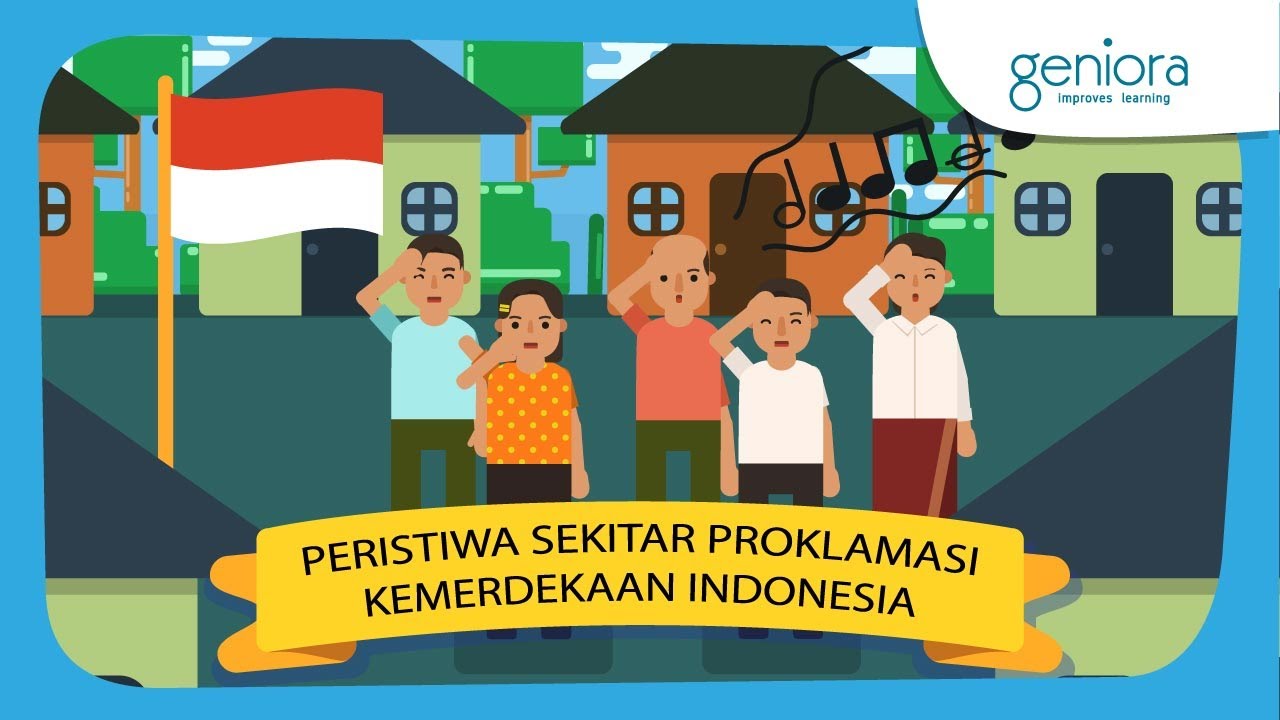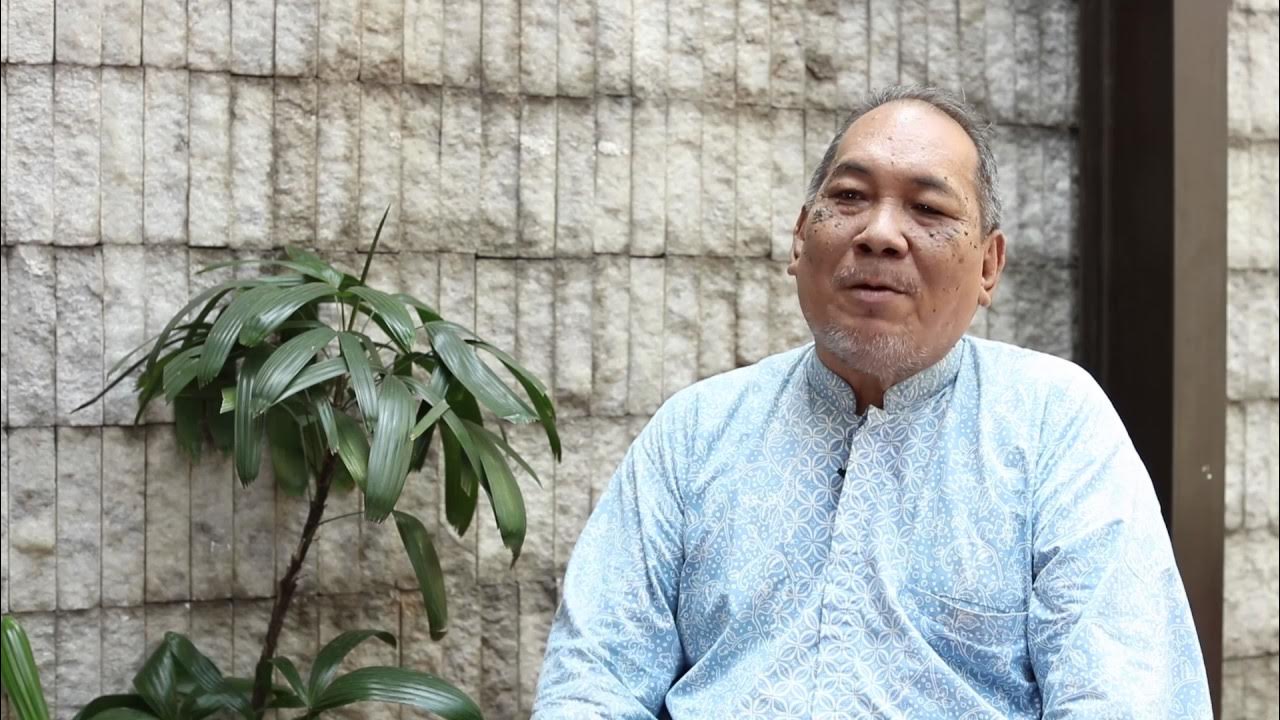Akhir Pendudukan Jepang | Video Belajar TKA Soshum Sejarah
Summary
TLDRThis video discusses the end of Japanese occupation in Indonesia, highlighting three key points: Koiso's Promise of independence, the formation of BPUPKI and PPKI, and the significant meeting in Dalat, Vietnam. It explains how Japan, facing defeat in World War II, sought to gain Indonesian support by promising independence in 1944. The establishment of BPUPKI aimed to prepare for this independence, culminating in the Jakarta Charter, which laid the groundwork for Indonesia's future state ideology. The video concludes with the announcement of Indonesia's independence on August 17, 1945, just days before Japan's surrender.
Takeaways
- 🇯🇵 Japan's promise of independence for Indonesia, known as the Koiso promise, was made during a time of military pressure from the United States in 1944.
- 📅 The special session of the Japanese parliament on September 7, 1944, led to a change in leadership and the announcement of Japan's intention to grant independence to Indonesia.
- 🗓️ The formation of BPUPKI (Committee for Preparation of Indonesian Independence) was announced on March 1, 1945, to assist in preparing for independence.
- 📜 BPUPKI held its first session from May 29 to June 1, 1945, leading to the creation of the foundational ideas for the Indonesian state.
- 🤝 During the first BPUPKI session, five principles were proposed as the basis for Indonesia's future state, known as Pancasila.
- ⚖️ A significant debate within BPUPKI revolved around the inclusion of religious principles in the state foundation, leading to the formation of a committee called Panitia Sembilan.
- ✍️ The Jakarta Charter, drafted by Panitia Sembilan on June 22, 1945, became a crucial document outlining the goals and principles of an independent Indonesia.
- 📅 PPKI (Committee for Preparation of Indonesian Independence) was formed on August 7, 1945, to finalize the preparations for Indonesia's independence.
- 🌏 The final meeting in Dalat, Vietnam, with Japanese leaders confirmed Japan's intention to grant Indonesia independence on August 24, 1945.
- 🎉 Indonesia declared its independence on August 17, 1945, a week earlier than Japan's announcement, marking the end of Japanese occupation.
Q & A
What was the Koiso Promise?
-The Koiso Promise was a commitment made by Japanese Prime Minister Kuniaki Koiso in September 1944, during a time when Japan was facing military pressure in World War II. He promised Indonesia independence to gain support from the Indonesian people.
Why did Japan offer independence to Indonesia?
-Japan offered independence to Indonesia to gain sympathy and support from the Indonesian people as they were facing significant military challenges from the Allies during World War II.
What was BPUPKI, and what was its purpose?
-BPUPKI, or Dokuritsu Junbi Cosakai, was formed on March 1, 1945, to investigate and prepare for the independence of Indonesia. Its main tasks included discussing political, legal, and governmental aspects necessary for establishing an independent state.
Who chaired BPUPKI?
-BPUPKI was chaired by Dr. Radjiman Wedyodiningrat.
What were the main outcomes of BPUPKI's first session?
-The first session of BPUPKI, held from May 29 to June 1, 1945, resulted in the formulation of the foundational principles of the Indonesian state, which later became known as Pancasila.
What was the significance of the Jakarta Charter?
-The Jakarta Charter, finalized by the Panitia Sembilan on June 22, 1945, outlined the essential principles of the Indonesian state and included the phrase 'Ketuhanan dengan kewajiban menjalankan syariat Islam bagi pemeluk-pemeluknya' as the first principle.
What changes occurred between the Jakarta Charter and the final version of Pancasila?
-The first principle of the Jakarta Charter was altered in the final version of Pancasila from 'Ketuhanan dengan kewajiban menjalankan syariat Islam bagi pemeluk-pemeluknya' to 'Ketuhanan yang Maha Esa,' which emphasized a more inclusive interpretation of religion.
What was the role of the Panitia Sembilan?
-The Panitia Sembilan was a small committee formed during the BPUPKI discussions to resolve disagreements over the inclusion of religious elements in the foundational principles of the state, ultimately leading to the drafting of the Jakarta Charter.
What event marked the official end of Japanese occupation in Indonesia?
-The official end of Japanese occupation in Indonesia was marked by Japan's surrender to the Allies on August 15, 1945, which led to Indonesia declaring its independence on August 17, 1945.
What was the significance of the meeting in Dalat, Vietnam?
-The meeting in Dalat, Vietnam, held between Japanese officials and Indonesian national leaders, was significant as it was where Japan promised independence to Indonesia on August 24, 1945. However, Indonesia declared its independence earlier, on August 17, 1945.
Outlines

هذا القسم متوفر فقط للمشتركين. يرجى الترقية للوصول إلى هذه الميزة.
قم بالترقية الآنMindmap

هذا القسم متوفر فقط للمشتركين. يرجى الترقية للوصول إلى هذه الميزة.
قم بالترقية الآنKeywords

هذا القسم متوفر فقط للمشتركين. يرجى الترقية للوصول إلى هذه الميزة.
قم بالترقية الآنHighlights

هذا القسم متوفر فقط للمشتركين. يرجى الترقية للوصول إلى هذه الميزة.
قم بالترقية الآنTranscripts

هذا القسم متوفر فقط للمشتركين. يرجى الترقية للوصول إلى هذه الميزة.
قم بالترقية الآن5.0 / 5 (0 votes)






